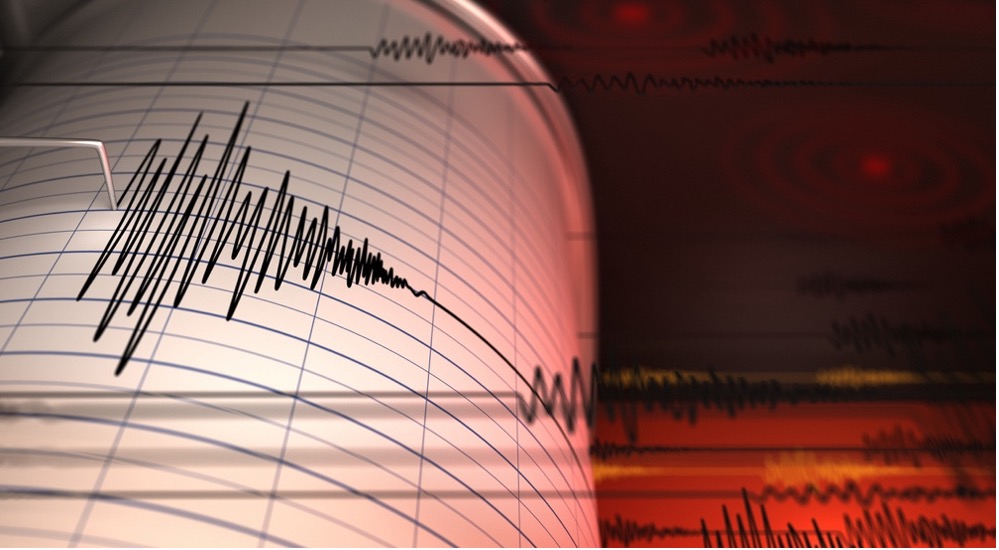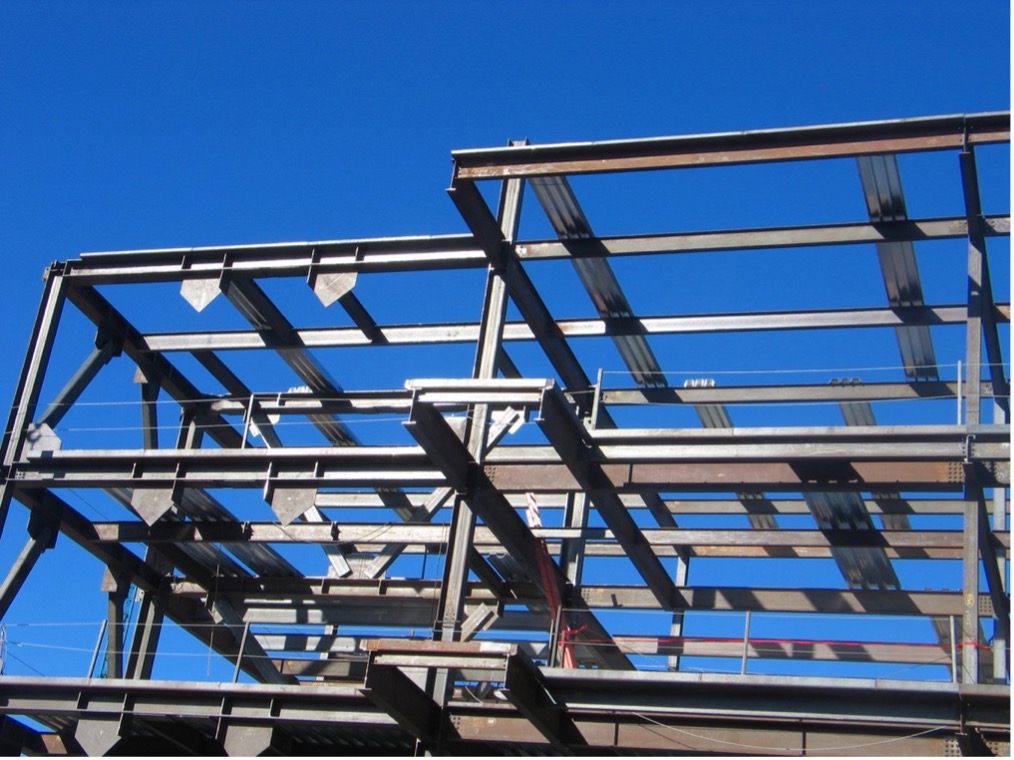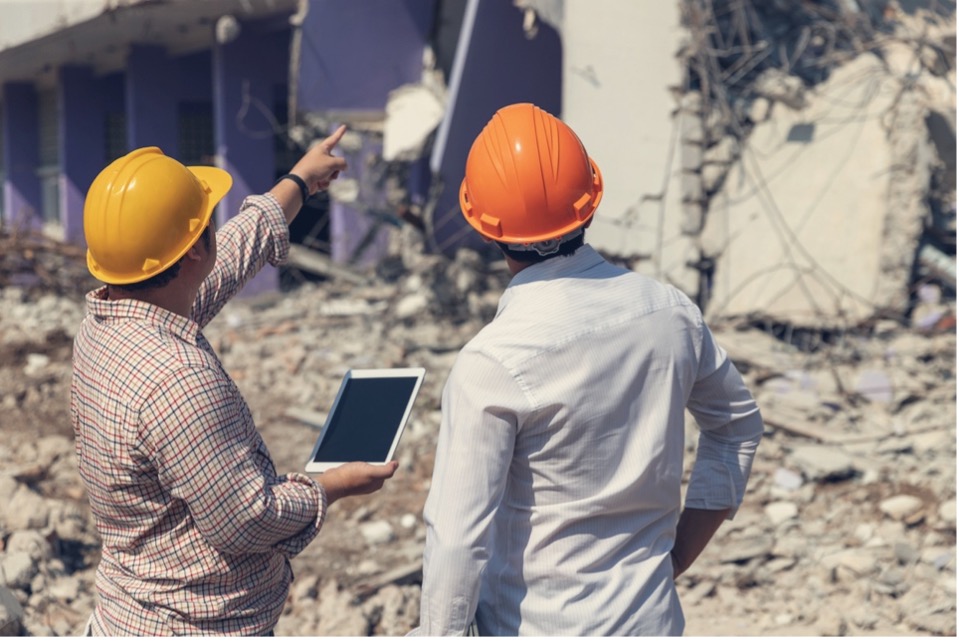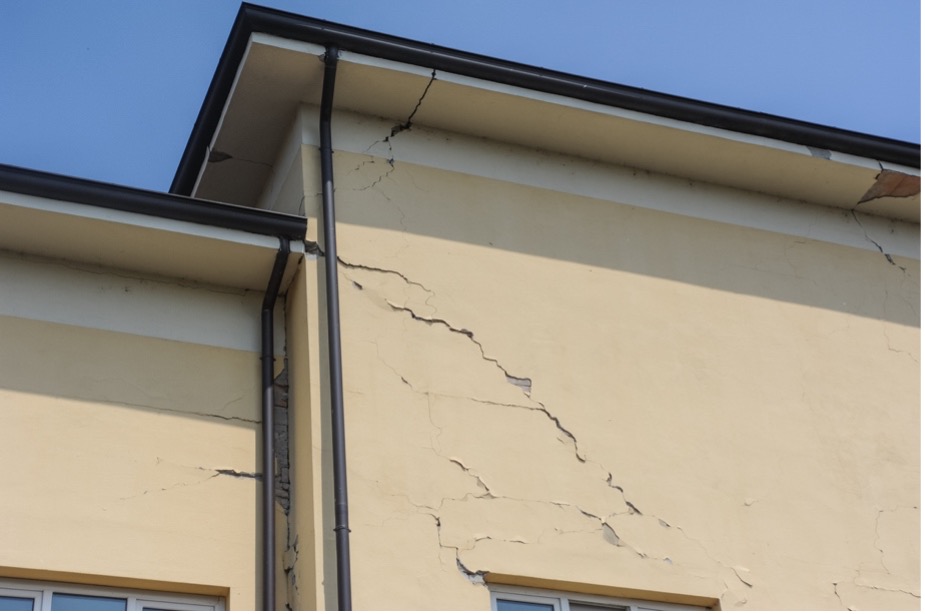Spring Solutions for Seismic Engineering

Springs are invaluable components that, with their many designs, materials, and applications, significantly contribute to an incredibly varied number of industries, and earthquake engineering is no exception. Highly seismic regions like Japan, for instance, require clever, innovative, and flexible solutions to contain serious damage to buildings, infrastructure, and communities as much as possible and avoid both human and economic losses.
Thanks to their capability to absorb and dissipate energy, springs have proven to be real game changers in seismic engineering, and in this blog, we will see why. Drawing upon our extensive knowledge as spring manufacturers, we will delve into effective solutions in several key areas of this fascinating branch of engineering, highlighting how spring technologies help make buildings and urban infrastructures safer and more resilient.
Base Isolation Systems to Improve Earthquake Resilience
Seismic engineering resorts to effective spring applications to build solid base isolation systems, which are specifically designed to decouple a building or structure from ground motion during an earthquake. Here, different spring types are often combined with other materials, such as elastomers, to create hybrid isolators that provide both vertical and horizontal flexibility. By absorbing the kinetic energy generated by seismic activity, springs convert it into heat and reduce the impact of the force that reaches the structure above. We could then say that, basically, base isolators act as a buffer between the structure and its foundation, allowing the urban structures to move independently of the ground and its vibrations.
The effectiveness of base isolation systems has proved largely successful. Despite its complexity, the method has been implemented in various high-risk seismic zones around the world, including Japan and California, to protect new buildings and bridges from severe damage and make them safer.
Reducing Vibrations and Protecting Structures with Seismic Dampers
Spring technology is also a pillar of seismic dampers, those devices that in earthquake engineering are meant to dissipate the abrupt energy of seismic waves to reduce the amplitude of vibrations and prevent structural failure. Due to their enormous benefits, these innovative dampers are installed within structures requiring support in withstanding seismic forces, such as buildings and bridges.
There are different spring-based damper types, the most common of which are:
- Viscous dampers contain coil tension springs that work in conjunction with a viscous fluid to absorb and dissipate energy.
- Friction dampers use leaf springs to maintain constant pressure on friction surfaces, converting kinetic energy into heat.
- Tuned mass dampers use coil spring mechanisms to counteract the vibrations of a structure, reducing its powerful oscillations.
By successfully employing seismic dampers, the impact of earthquake activity is substantially lowered, helping regions exposed to high risks to contain damage and losses.
Strategies for Retrofitting Existing Structures Against Earthquakes
Another important aspect of seismic engineering is retrofitting existing structures to improve their resilience should an earthquake strike occur.
Unfortunately, most older or historical buildings, bridges, and critical infrastructure, like those found in several towns in Italy, were not designed with seismic standards in mind, and they are extremely vulnerable to earthquake damage. Luckily, with technological and architectural advancements, the integration of spring-based systems has emerged as a great solution for retrofitting these structures, enabling them to effectively withstand seismic activity, often eliminating partial or total reconstruction.
Base isolators and the seismic dampers already discussed represent the most common retrofit solutions in existing buildings. The first ones, when installed at the foundation level, reduce the seismic loads transmitted to the building and preserve its structural integrity. The second ones, instead, enhance the building’s energy dissipation capacity, reducing the risk of collapse during an earthquake.
Withstanding Seismic Events with Resilient Infrastructure
The first step to making buildings seismic-proof is designing their resilient infrastructure to improve the safety and functionality of communities around them. Here, springs are vital as they provide engineers with flexible, energy-absorbing solutions to strengthen bridges, highways, pipelines, and utility networks.
For instance, bridges are incredibly vulnerable to seismic forces due to their shapes, long spans, and heavy loads. Employing spring-based isolation bearings in bridge design then represents an excellent way to help absorb seismic energy, reducing the risk of collapse. At the same time, pipelines are equipped with spring-loaded joints that allow for fluent movement and additional flexibility, preventing ruptures and maintaining their integrity to avoid dangerous gas, petrol, or water leaks.
As we can see, springs might be overlooked at times, but by integrating them into the design of urban infrastructure, engineers can successfully create systems that withstand seismic events and recover quickly.
Advancements in Seismic Engineering Technologies
The seismic branch of engineering is surely fascinating and complex, but it is also in constant evolution. Through ongoing research, advancement, new technologies, methodologies, and materials, it aims to enhance earthquake protection as much as possible, using springs as key components.
Recent advancements, for example, include the development of smart spring systems that are easily adaptable to suit varying seismic conditions. These systems are characterised by extreme dynamism as they use advanced materials and sensors to monitor and respond to seismic activity in real-time, providing effective protection promptly. Additionally, energy harvesting and damping control technologies are creating more efficient and responsive solutions, further improved by composite materials to produce lighter, stronger springs that offer superior performance in seismic applications.
Make Urban Structures Safer with European Springs
If you are an engineer specialising in seismic engineering and are working towards making urban structures safer and more resilient for all, do not hesitate to turn to European Springs for premium quality springs that will take your projects to a whole new level.
As leading spring suppliers, we strive to offer excellence and precision in every spring we manufacture, delivering our clients the ultimate customer experience. Browse our spring catalogue and contact us for further assistance if you have specific questions about our services or products.



